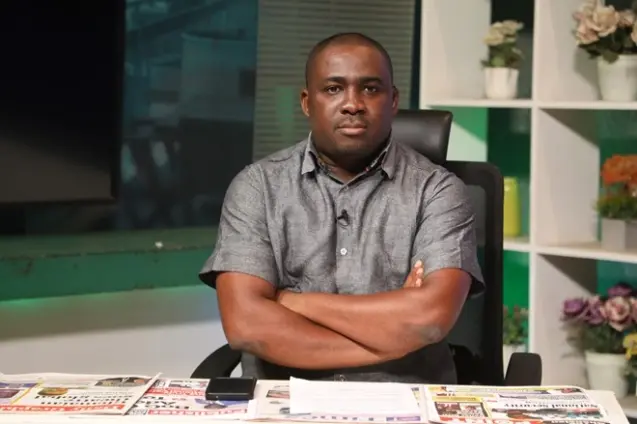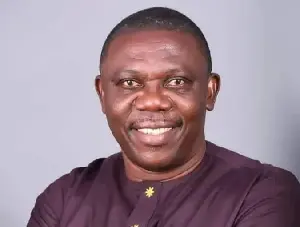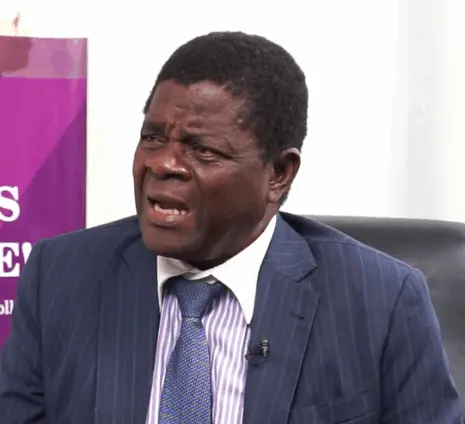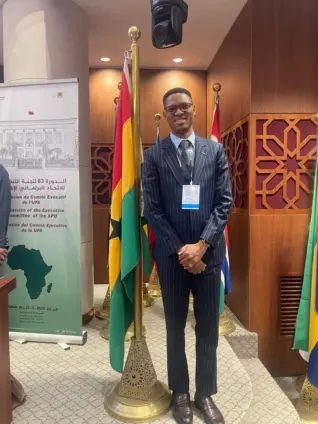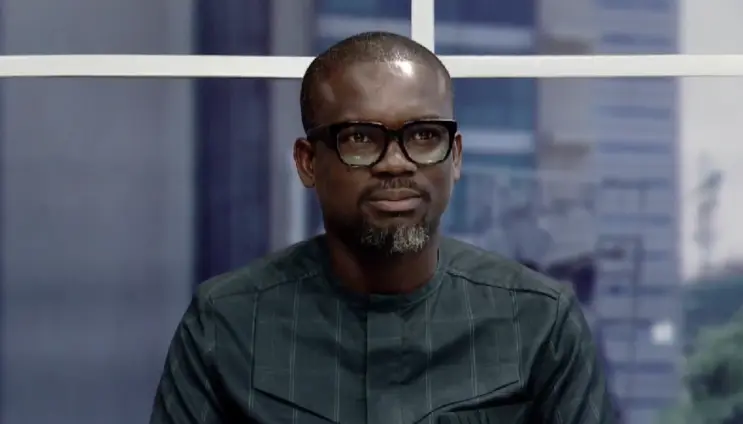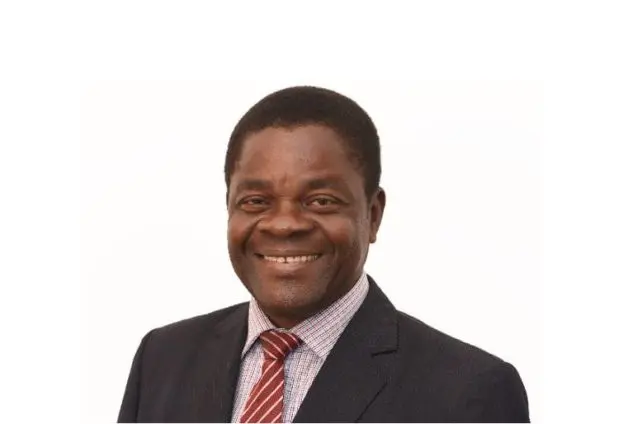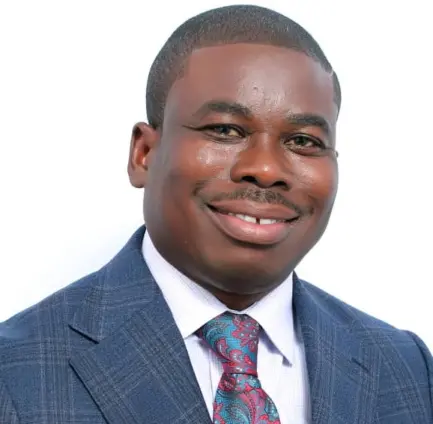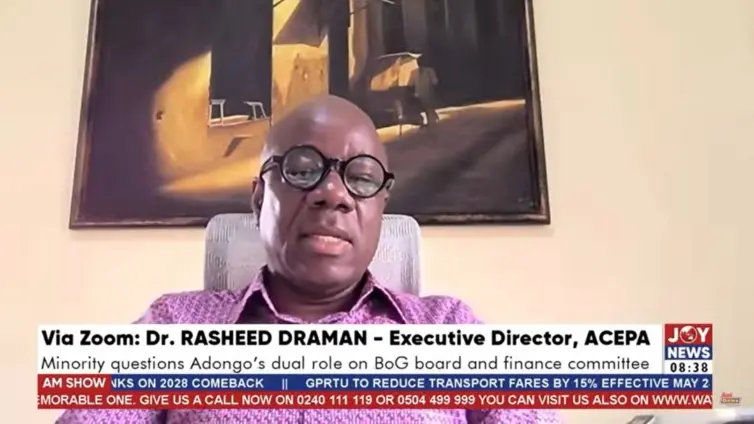Accra’s choked streets, the pot-holed roads that frustrate farmers trying to get their produce to market, the two-million-unit housing deficit that forces families into overcrowded slums – these are the daily realities for many Ghanaians. John Dramani Mahama, the former president, has proposed a bold solution: a $10 billion infrastructure plan he calls the “Big Push.” Can this ambitious agenda deliver? This article analyzes the plan’s feasibility and potential impact on Ghana infrastructure investment, drawing on expert analysis and available source information.
Ghana’s infrastructure is currently struggling to keep pace with the demands of a growing population and economy. According to analysts, the housing deficit exceeds two million units, a problem compounded by rapid urbanization. A significant portion, about 57%, of urban roads are classified as being in poor condition. Compounding these issues are reports of government debts to contractors, reportedly reaching GH₵20 billion, which have stalled numerous projects across the country. These challenges hinder productivity, limit access to markets, and contribute to inadequate living conditions.
The “Big Push” agenda, as conceived by Mahama, represents a holistic and strategically integrated framework designed to tackle these multifaceted problems. It rests on five key pillars: housing, road infrastructure, rail and urban transit, water and sanitation, and youth employment. Each pillar is designed to address a specific aspect of Ghana’s infrastructure deficit while creating synergistic effects across the economy.
A core component of the Big Push is addressing the housing crisis by focusing on affordable housing for low- and middle-income Ghanaians. This initiative aims not only to reduce the deficit but also to stimulate job creation and expand local industries like cement and fittings manufacturing, according to Mahama’s detailed plan. Road infrastructure improvements form another critical pillar, with a focus on dualizing key highways such as the Accra-Kumasi, Accra-Aflao, and Accra-Takoradi routes. These upgrades aim to ease transportation costs, facilitate trade, and enhance regional integration. Further, the plan includes revitalizing the Eastern and Western rail corridors and introducing light rail systems in major cities like Accra, modernizing mobility and decongesting urban centers. Addressing water and sanitation is also a priority, with plans to expand access to safe water in underserved regions such as Ho, Tamale, and Yendi, thereby improving public health and human dignity. Finally, the agenda seeks to engage youth in infrastructure projects, creating jobs and building national capacity in engineering.
Of course, even the most well-intentioned plan can falter during implementation. As one analyst noted, “Ideas are not in short supply in Ghana. Implementation is.” Successfully executing the Big Push will require overcoming significant hurdles, including resource mobilization, careful prioritization, and ensuring transparency and efficiency. Possible solutions include strengthening the Ghana Infrastructure Investment Fund (GIIF) to better manage funds, leveraging private sector partnerships to augment public resources, depoliticizing project selection to ensure projects are chosen based on merit, and ensuring accountability through rigorous audits and public reporting.
Addressing Ghana’s infrastructure crisis is not merely a matter of convenience; it is a national imperative. The Big Push, with its strategic and inclusive approach, offers a potential pathway to a more prosperous and equitable future. Policymakers would be wise to give it serious consideration and, if deemed viable, to implement it with diligence and transparency. As one analyst succinctly put it, Ghana needs action.
In conclusion, the Big Push plan offers a comprehensive vision for transforming Ghana’s infrastructure landscape. Its success hinges on effective implementation and collaboration. Ghana’s future depends on strategic Ghana infrastructure investment, and the Big Push presents a bold attempt to meet that need.
Image Source: MYJOYONLINE


